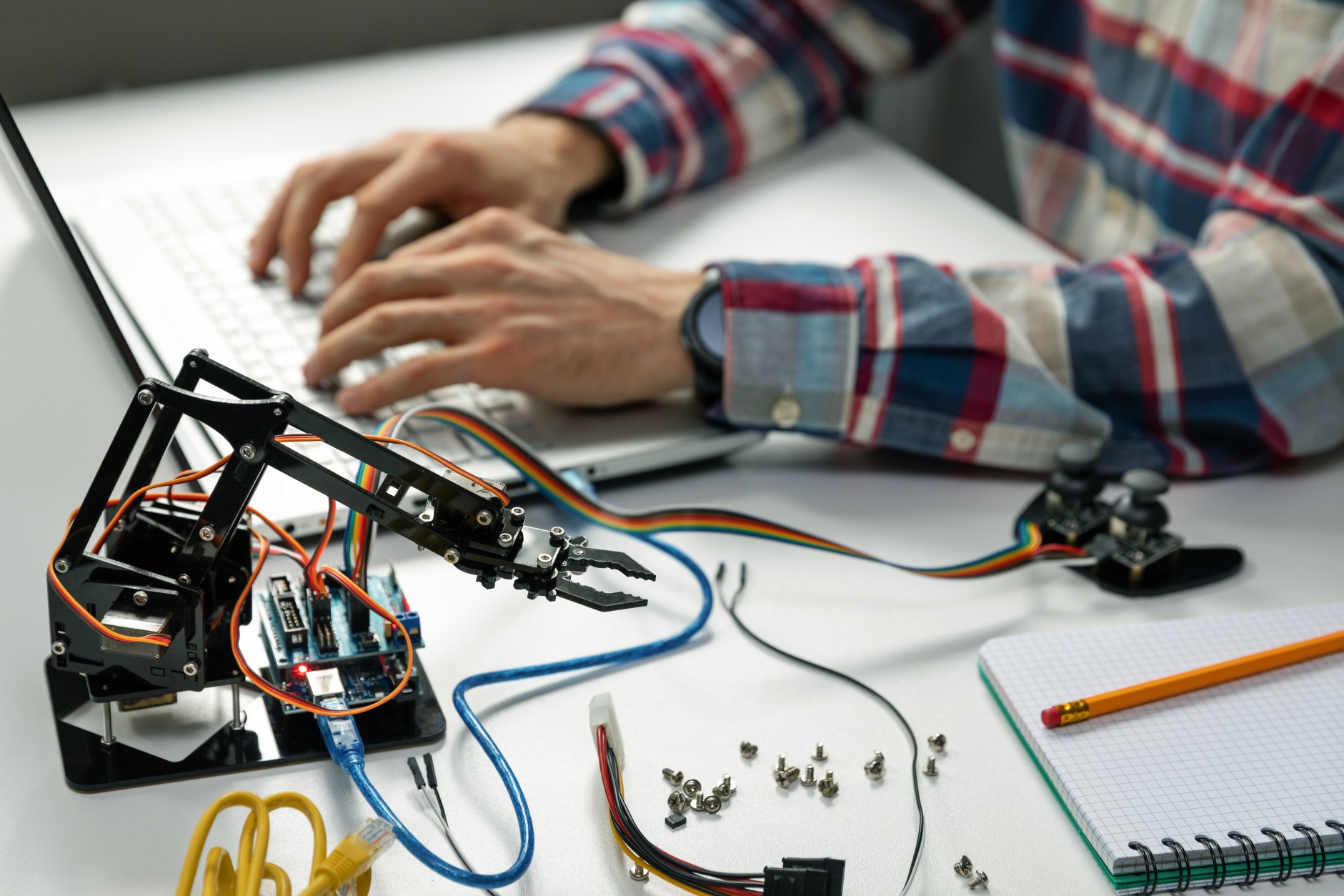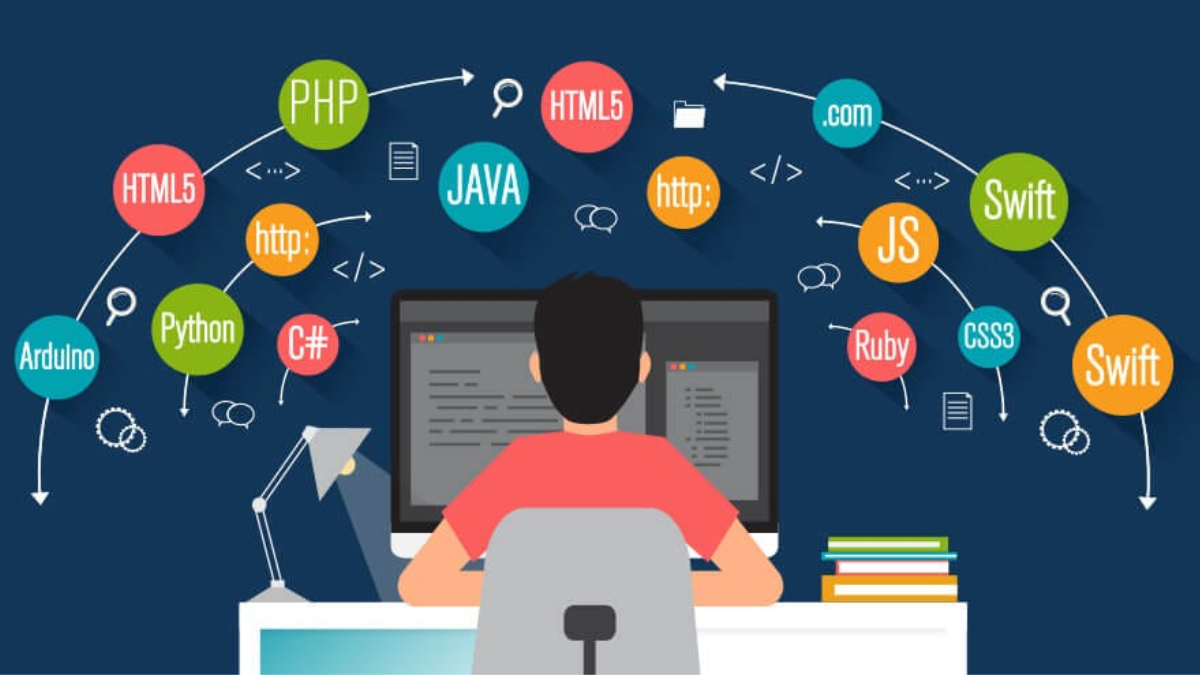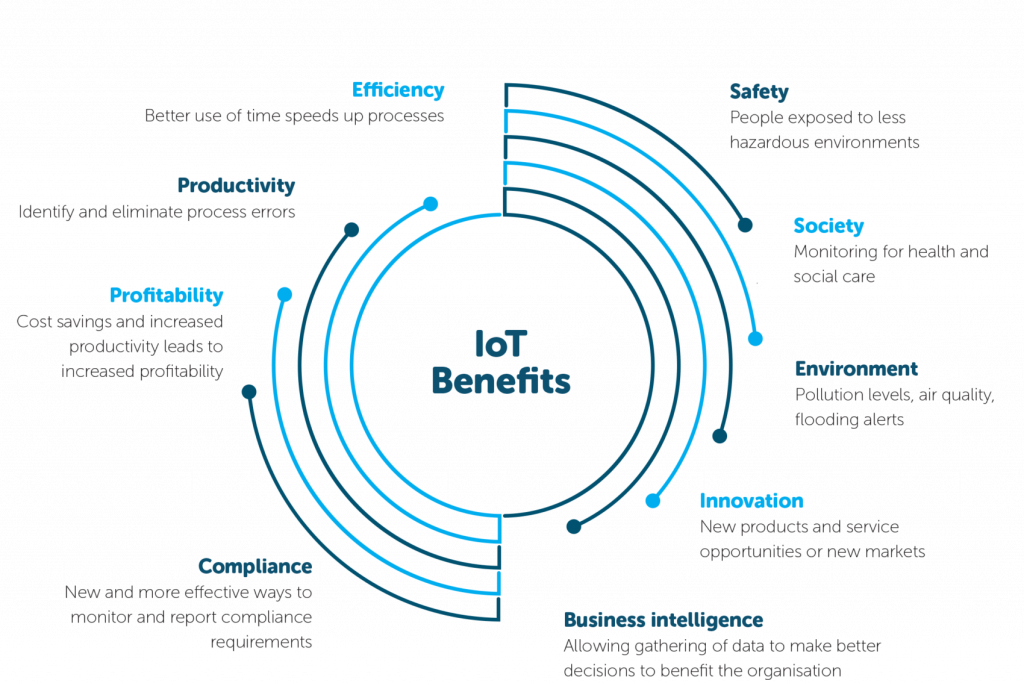
## Elevating Robotics: The Top 5 Programming Languages for 2024!
In the dynamic realm of robotics, the choice of programming language plays a pivotal role in shaping innovation and efficiency. As we venture into 2024, the landscape of robotics programming is evolving rapidly. This blog post unveils the top five programming languages that will drive the future of robotics, empowering engineers and enthusiasts to craft intelligent and responsive robotic systems.
1. Python: The Versatile Foundation
Introduction:
- Python continues to reign as a versatile and foundational language for robotics in 2024. Its simplicity, readability, and extensive libraries make it an ideal choice for both beginners and seasoned developers in crafting robotic applications.
2. C++: Powerhouse for Performance
Introduction:
- C++ stands out as a powerhouse for performance-intensive robotic applications. In 2024, its efficiency, speed, and strong memory management make it a preferred language for robotics projects demanding high-performance capabilities.
3. ROS (Robot Operating System): Framework for Collaboration
Introduction:
- ROS, although not a standalone language, plays a crucial role as a framework for collaboration. In 2024, its compatibility with Python and C++ enhances its appeal, offering a robust platform for building collaborative and modular robotic systems.
4. Java: Platform Independence
Introduction:
- Java maintains its relevance in the robotics landscape, primarily due to its platform independence. In 2024, Java’s write-once-run-anywhere capability makes it a suitable choice for robotics developers aiming for cross-platform compatibility.
5. MATLAB: Simulating the Future
Introduction:
- MATLAB remains a dominant force in robotics, particularly in simulation and modeling. In 2024, its extensive toolset for mathematical modeling and simulation empowers roboticists to design and test algorithms in a virtual environment.

Conclusion: Navigating the Robotic Frontier
As we step into 2024, the world of robotics programming offers a diverse array of languages, each contributing uniquely to the landscape. Whether we choose Python for versatility, C++ for performance, ROS for collaboration, Java for platform independence, or MATLAB for simulation, the key lies in selecting the language that aligns with our project goals.

